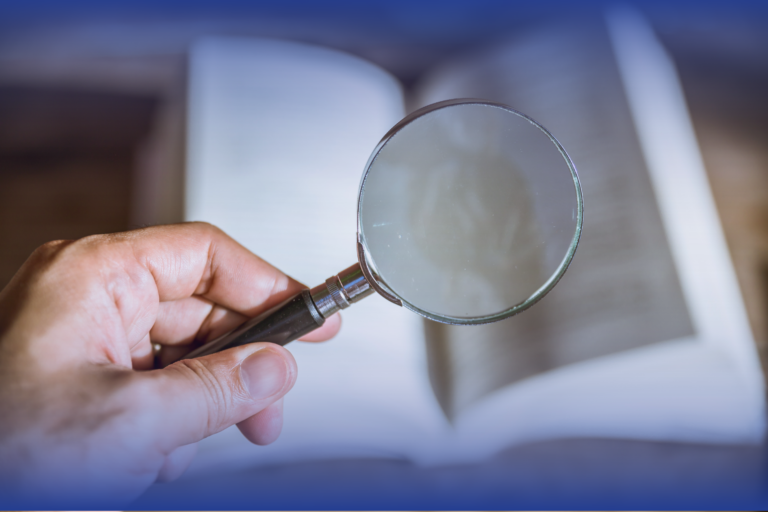“What is unconscious bias?”, you may ask. Unconscious or implicit bias refers to stereotypes or attitudes that affect our understanding, actions, and decisions in an unconscious way, making them difficult to control. These biases can be for or against a person, group, or thing. Often, they are focused on class, race, religious beliefs, gender, sexual orientation, ethnicity, nationality, age, disability.
It is important to note that we all have these biases. Having them does not make you a bad person. It’s only natural that every time you make a decision, your social background, personal and cultural values, and life experiences influence your reasoning. In the workplace, it can unfairly influence hiring, firing, and promotions and contributes to a lack of diversity in the workplace. It accounts for the preponderance of male CEO’s (96% of S&P 500 CEO’s are male); the fact that less than 5% of Fortune 500 CEO’s are people of color; 60% of corporate CEO’s are over six feet tall, despite only 5% of US men being taller than six feet. During the pandemic, it has undoubtedly led to the “pink recession”, in which a disproportionate number of women are now unemployed or underemployed as they take primary responsibility for homeschooling children.
There are many types of Unconscious Bias including, but not limited to:
- Affinity Bias – liking people who have things in common with us
- Confirmation Bias – seeking evidence to back up your first impression (positive or negative) & ignoring evidence to the contrary
- Conformity Bias – believing, acting, or deciding in order to fit in with others (especially superiors or those you respect)
- Contrast Bias – comparing one thing against another rather than evaluating it for its own merit
- Halo Bias – basing decisions on an initial positive first impression (similar to confirmation bias)
- Perception Bias – could include judgments based on size, shape, color, insufficient or abundance of attention to physical appearance
What can we do about it if it is unconscious? The first step is to increase awareness. Identify which biases may show up on a regular basis in your life. I highly recommend participating in Project Implicit, a free online study to identify the areas in which you may have an unconscious bias. This study was a collaboration between scientists from Harvard University, the University of Virginia, and the University of Washington. Their goal was to educate people as to where they do or do not have a bias and to create a virtual laboratory to collect data.
Additional suggestions include:
- Slow down – unconscious biases are more prevalent when we are rushed or stressed
- Get curious – why are you making a particular judgment or decision?
- Discuss openly – with diverse individuals
- Practice – compassion, empathy, understanding, accountability
- Standardize systems and processes and use objective criteria (particularly for hiring, evaluations/assessments, promotions, budgetary decisions)
- Participate in trainings or facilitated discussions
- Play devil’s advocate or bring in an impartial third party, such as a coach or consultant to challenge thoughts, beliefs, decisions
Please remember, we all have unconscious biases. The extent to which you can shine a light on where you may have a bias will determine the extent to which you can limit unintended and unwelcome consequences. What action will you commit to taking? Which of the suggestions listed above will you implement? If you’re not sure where to start or want support personally or with your organization or team, take my free assessment to schedule a complimentary consultation with me!

